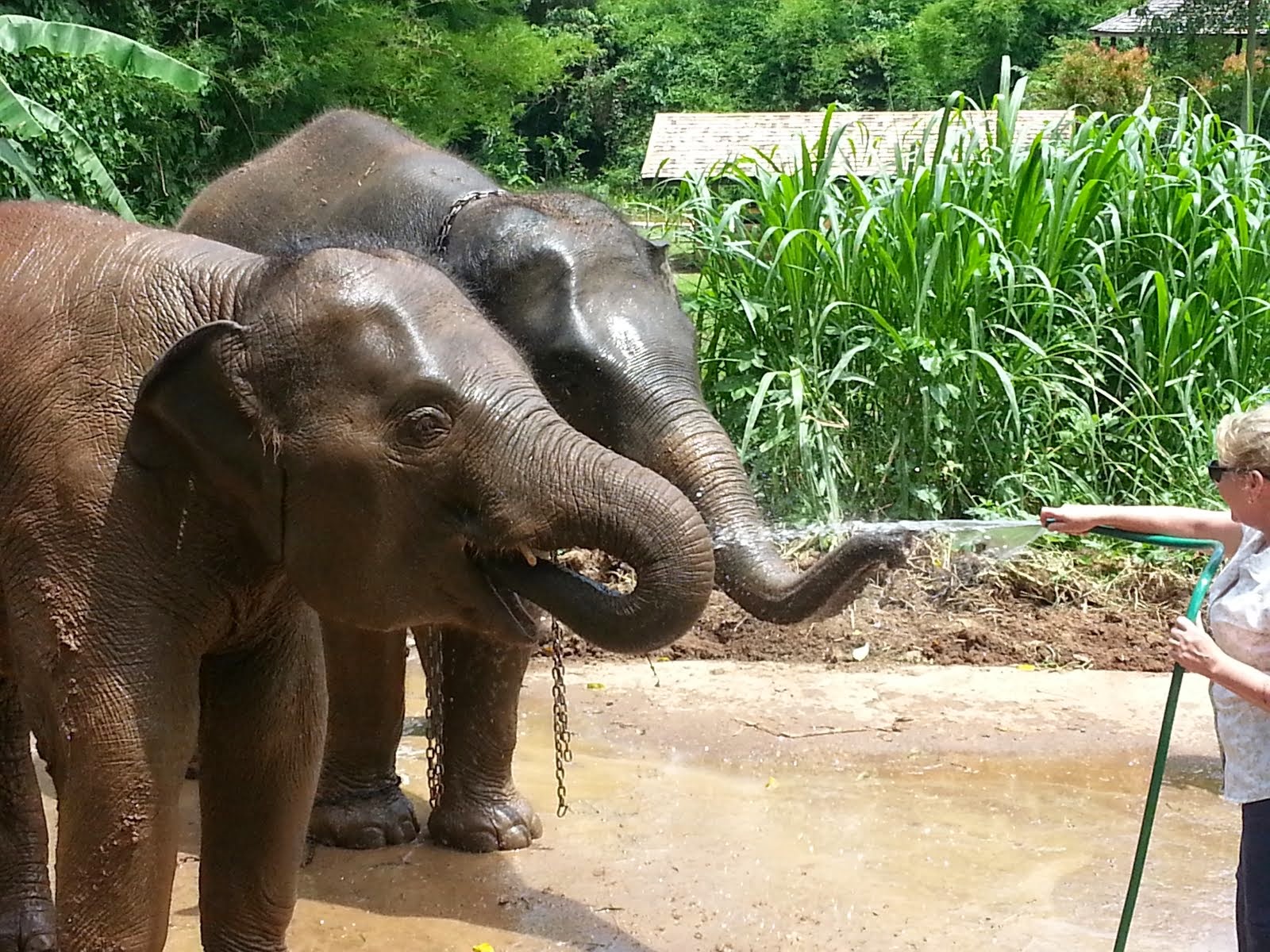With all of that said, I listened to a great podcast on American Radio Works a few weeks back about the "Science of Smart". One key idea I walked away with was the importance of interlooping. The main purpose of interlooping is to regularly and repeatedly ask students to refer back to, recall and apply previously taught concepts. All too often, out students learn the information, we test on it, and move onto the mountain of other standards we need to teach.
This year, however, we are trying to be extremely conscious of bringing back and keeping relevant old topics again and again. One big way we are doing it is through their species project. So, as we wrapped up our unit on cells and the organizational levels of life, students were asked to look for unique features of their species at each level of life.
This is my example using the Asian Elephants. Students needed to look for how their species fit into each level of life all the way from the biome to cells.
At the end of the year we are planning on having an expo where students present all of the background information about their species prior to designing a PR campaign to help save the species from extinction. The hope is that as they revisit these pages of their book at the end of the year they will have a chance to teach others about the levels of life through the lens of their animal, and apply this knowledge for a plan forward.

